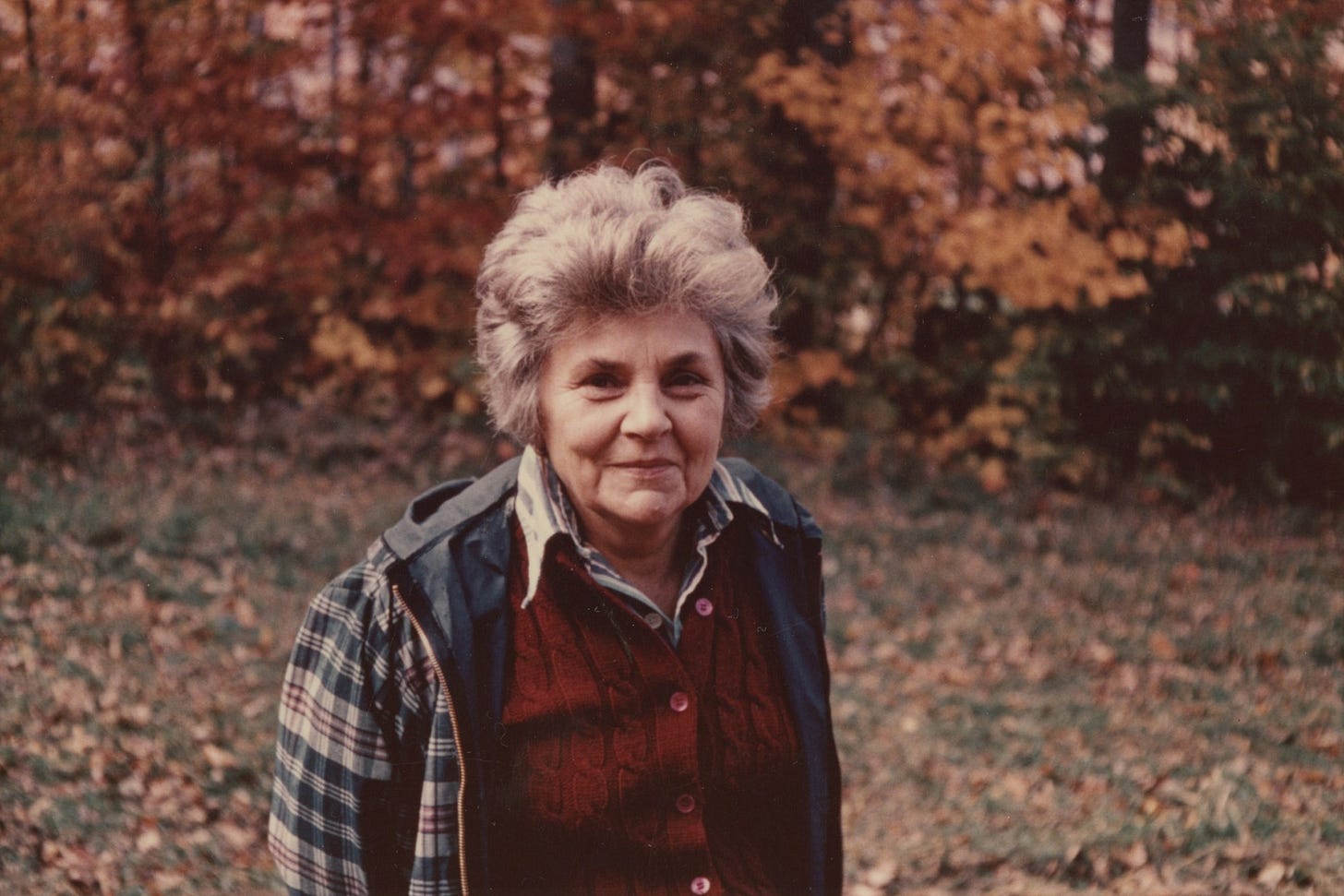Elizabeth Bishop - Little Exercise
Think of the storm roaming the sky uneasily like a dog looking for a place to sleep in, listen to it growling. Think how they must look now, the mangrove keys lying out there unresponsive to the lightning in dark, coarse-fibred families, where occasionally a heron may undo his head, shake up his feathers, make an uncertain comment when the surrounding water shines. Think of the boulevard and the little palm trees all stuck in rows, suddenly revealed as fistfuls of limp fish-skeletons. It is raining there. The boulevard and its broken sidewalks with weeds in every crack, are relieved to be wet, the sea to be freshened. Now the storm goes away again in a series of small, badly lit battle-scenes, each in “Another part of the field.” Think of someone sleeping in the bottom of a row-boat tied to a mangrove root or the pile of a bridge; think of him as uninjured, barely disturbed.
Quick edit: If you’re reading this from the email, you’ll notice I got the title wrong. Don’t know where my head was on that one. All corrected now.
This poem appears just before Elizabeth Bishop’s more famous “The Fish” in her Pulitzer Prize winning Poems: North & South — A Cold Spring which may explain why it doesn’t get nearly as much love when it is such a wonderful poem.
It is written in seven free verse tercets. A quick scan with the eye will highlight that some of the stanzas seem to follow a pattern of descending length while others are a bit less predictable. More on this in a bit.
The title combined with the first word seems to implore the reader to join the speaker on a thought exercise. It also highlights the main theme of the poem being the power of perspective. What is a thought exercise if not an exercise of perspective? We are often confronted with images of raging storms, but Bishop avoids that image. Imagine, our speaker tells us, that the storm is uneasy “like a dog looking for a place to sleep in.” This is already a disruption to our expectations. Sure, a dog can be dangerous but an exhausted dog pacing for a spot to sleep is almost pitiful. The growling that would otherwise be threatening is now merely the frustrations of an unfortunate creature.
The second stanza presents our second thought exercise and reinforces this dulled threat. The mangrove forests are “unresponsive to the lightning” because they have endured the storms before and know of their limited power. The mangroves are survivors of these violent projections of an entity unhappy with its state.
Here we are confronted with our first break in the physical form of the poem, and it lays the standard for the rest of the piece. Whenever our speaker wants to implant a thought —Think— she will do so with a descending line length. However, the structure breaks anytime she wants to build on a specific thought or develop an image further. There is something incantatory about this approach. Something that brings to mind the narrowing of our periphery as we slip into a dream state. Our speaker is almost hypnotizing us with these suggestions.
The third stanza continues the sort of “this storm really isn’t shit” idea in that a sleeping heron is only momentarily aware of the flashes of lightning off of the water’s surface. The word chosen here is important: the water shines. Sunlight shines. Gems shine. Shining is beautiful and this storm is bringing that beauty with it.
Our first indication of destruction comes in the fourth stanza (a return to the hypnotic structure) when we are presented with the uprooted palm trees. This storm isn’t nearly as toothless as it might have first appeared. It seems, however, that it only undoes the unnatural. These trees are “stuck in rows” of intention whereas the mangroves are described as living in families. Nature undoes the creations of man but preserves the natural.
Another break in form. A further description of the boulevard reveals that nature has already worked to undo our influence. Weeds invade the sidewalks through its cracks and the very boulevard itself has turned on man by being “relieved to be wet.” Here our new perspective is presented. This storm is not destruction. This storm is a relief.
The storm recedes with a reference to Shakespeare’s Henry VI. The storm is tracking through the chaos of humanity, briefly appearing in the scenes of our existence before moving to the next. We are instructed by our speaker in a final thought exercise to consider someone who has given themselves over to nature already. Someone asleep in their boat, riding the movement of the water while they are tied to either mangrove or bridge (meaning whether they’ve given themselves to a life of simplicity or one entrenched in the trappings of modern man), they can endure the storm and may not even be aware of its presence if they just go with it. There is a way through any hardship through a shift in perspective. Don’t seek and enforce order, but instead accept the chaos and in the end, it will be as if there were no storm at all.



